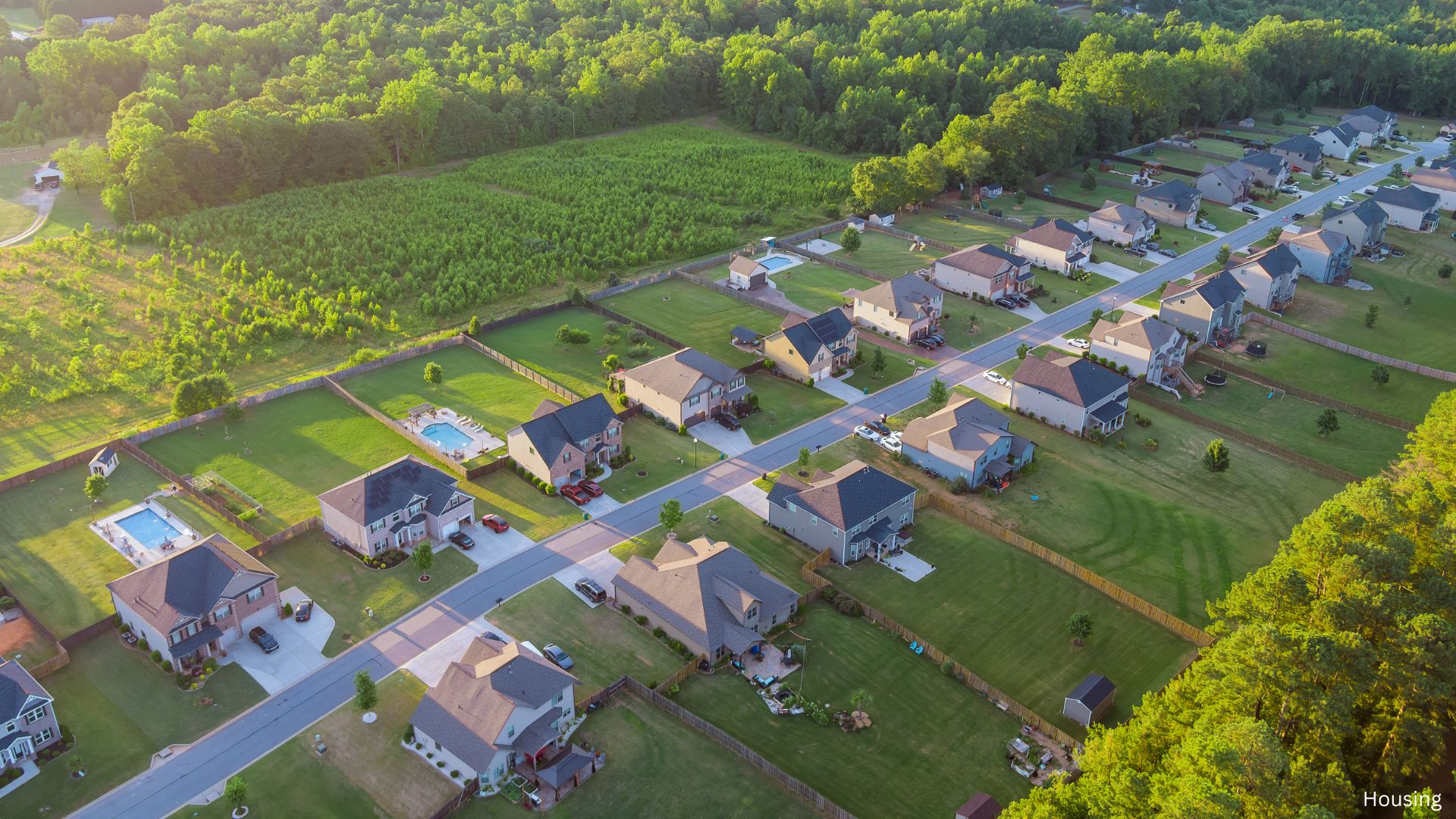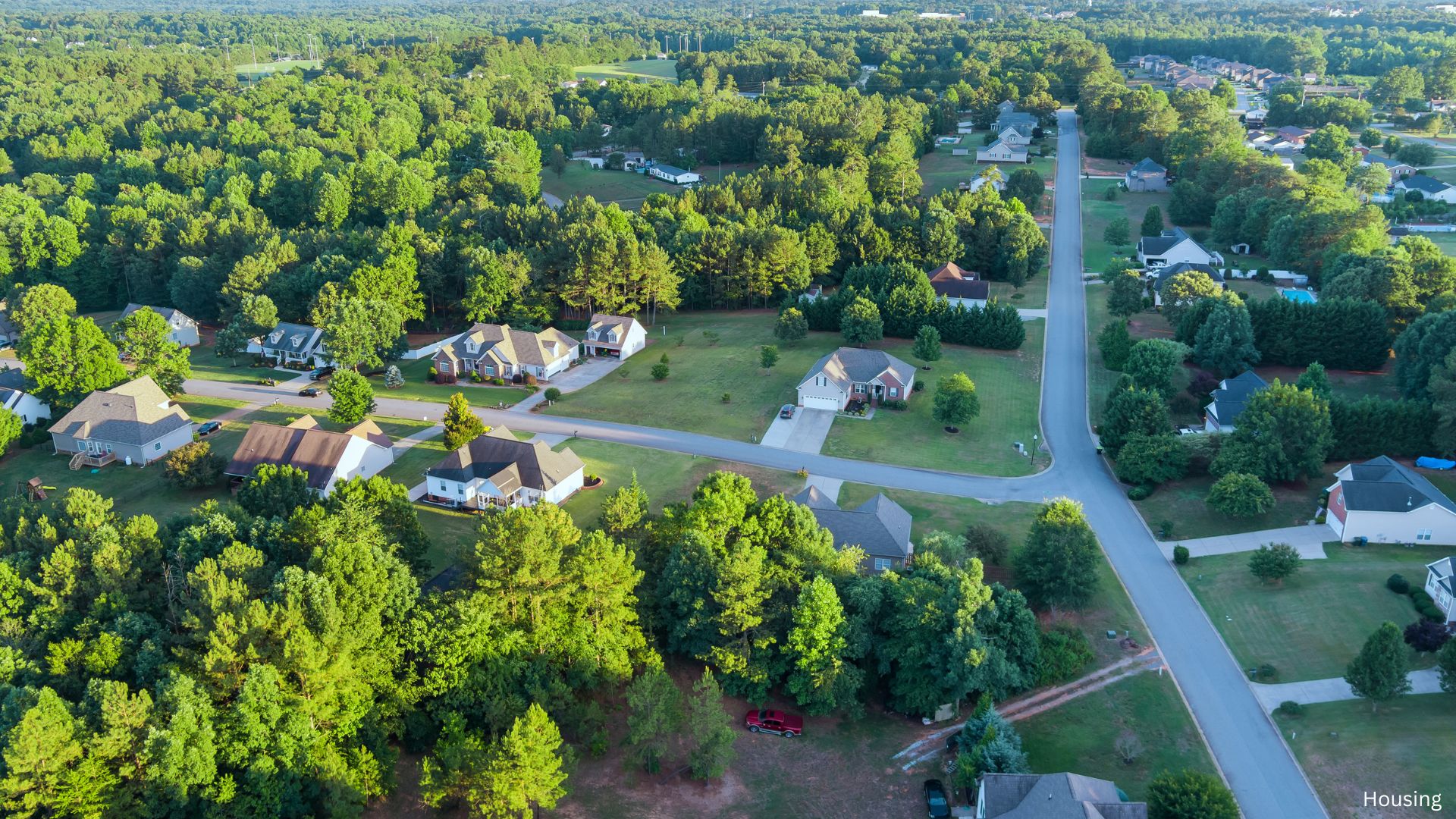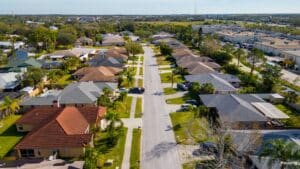The slow housing market in 2024-2025 is a significant shift from the fast-paced trends seen in previous years. With mortgage rates hovering near 7%, high home prices, and fewer homes moving off the market, many buyers and sellers are adjusting to a new normal. This market slowdown is affecting home sales across the country, and understanding the factors driving this change is crucial for anyone looking to buy or sell.

The Impact of Elevated Mortgage Rates on the Housing Market
According to Redfin News, a key factor in the slow housing market is the sustained high mortgage rates. With rates close to 7%, potential homebuyers are finding it increasingly difficult to afford new homes. As a result, many are opting to wait out the market rather than take on high-interest loans, contributing to the slow pace of transactions.
High Home Prices and Their Effect on Buyer Confidence
Home prices have seen a steady increase, climbing 4.8% year-over-year as of early 2025. This rise in prices, coupled with elevated mortgage rates, makes homeownership unaffordable for many would-be buyers. This combination has contributed to a decrease in pending home sales, with a 9.4% year-over-year drop, reflecting reduced buyer demand.
Longer Time on the Market
Homes are taking longer to sell. The average home is sitting on the market for 54 days, up from 35 days at this time in 2022. The increase in days on market signals a buyer’s market, where sellers must be patient as they wait for buyers who can afford the higher prices and financing costs.
Supply and Demand Dynamics in the Slow Housing Market
One silver lining of the slow housing market is the increase in supply. There are currently 5.2 months of supply on the market, which is the highest level since early 2019. While this offers more options for buyers who can afford to act, it also indicates that fewer homes are being sold, which results in fewer transactions overall.
The Role of Weather and Other External Factors
Extreme weather events, such as snowstorms and wildfires, have also impacted the housing market in some regions. These events can delay potential buyers from attending open houses or moving forward with purchasing decisions, further slowing down the market.
Shifting Buyer Mindsets
Despite these challenges, some buyers are starting to reconsider their stance. As they see homes sitting longer on the market and realize that prices aren’t significantly dropping, many are deciding to act now, rather than waiting for a market shift. As more buyers return to the market, we may see a slight recovery in the housing market in the coming months.

The slow housing market in 2024-2025 presents unique challenges for both buyers and sellers. While high mortgage rates and home prices continue to limit affordability, the increased supply and shifting buyer mindset may lead to gradual improvements. Buyers and sellers alike will need to adjust expectations and strategize carefully in this slower market environment.








